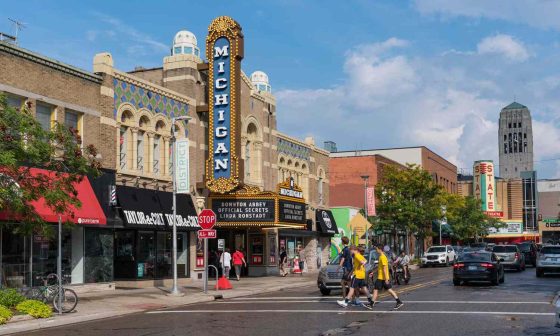Flea markets and antique shops are popular destinations for treasure hunters and casual shoppers alike, offering a diverse array of unique, vintage, and pre-loved items. While these shopping experiences may seem similar at first glance, there are some key differences between the two that set them apart. In this article, we will explore the distinctions between flea markets and antique shops and help you determine which one might best suit your shopping preferences.
Variety of Items: One of the most significant differences between flea markets and antique shops is the variety of items available for purchase. Flea markets typically offer a wider range of products, including antiques, second-hand items, new merchandise, and sometimes even local produce and handmade crafts. In contrast, antique shops focus primarily on antiques, vintage items, and collectibles, providing a more curated selection of goods.
Atmosphere: The atmosphere at flea markets and antique shops also varies. Flea markets tend to have a casual, bustling ambiance, often taking place outdoors or in large open spaces with multiple vendors selling their goods. Antique shops, on the other hand, are usually more organized and feature items displayed in a gallery-like setting, offering a more relaxed and intimate shopping experience.
Pricing and Negotiation: When it comes to pricing, flea markets and antique shops differ in their approach. Prices at flea markets are often negotiable, with many vendors open to haggling and bargaining. In contrast, antique shops may have more fixed prices, although some shop owners may still be open to negotiation for higher-priced items.

Vendors and Inventory: Flea markets often have a rotating cast of vendors, leading to a constantly changing selection of items. This can make for an exciting shopping experience, as there is always something new and different to discover. Antique shops, on the other hand, typically have a more stable inventory, as they are managed by the shop owner or a small group of dealers who curate the collection.
Frequency: Another difference between flea markets and antique shops is their frequency. Flea markets may be held on a regular schedule (e.g., weekly or monthly) or as special events. Antique shops are usually permanent establishments with regular business hours, providing a consistent shopping experience.
Authenticity and Quality: Antique shops often have a more stringent vetting process for the items they sell, ensuring that their merchandise is authentic and of high quality. Flea markets, due to their more casual nature and diverse vendor base, may have varying levels of quality and authenticity among the items available for purchase.
Expertise: Antique shop owners and dealers are often knowledgeable about the items they sell and can provide valuable information about their history, age, and value. At flea markets, vendor expertise may vary greatly, and some sellers may not have in-depth knowledge about the items they offer.
Presentation: Antique shops usually take more care in presenting their items, often cleaning and restoring them before putting them up for sale. Items at flea markets may be sold “as is” and could require some cleaning or restoration by the buyer.
Niche Focus: Some antique shops specialize in specific types of items, such as vintage clothing, furniture, or collectibles from a particular era. This can make it easier for collectors to find what they’re looking for. Flea markets, on the other hand, usually have a broader range of items, which can make for a more exciting but potentially more time-consuming treasure hunt.
Return Policy: Antique shops are more likely to have a return policy in place, giving customers the option to return items if they are not satisfied with their purchase. Flea market vendors may not offer returns or refunds, making it important for shoppers to carefully inspect their items before buying.

Networking Opportunities: Antique shops, especially those with a strong community presence, can provide opportunities for networking and forming connections with fellow collectors and enthusiasts. Flea markets, while also fostering a sense of community, may be more focused on one-time transactions and less on building lasting relationships.
Conclusion
Both flea markets and antique shops offer unique shopping experiences for those seeking vintage or one-of-a-kind items. The choice between the two often depends on the shopper’s preferences, such as the atmosphere they prefer, the type of items they’re looking for, and their approach to bargaining and negotiation. By understanding the differences between flea markets and antique shops, you can make an informed decision about where to embark on your next treasure-hunting adventure.






